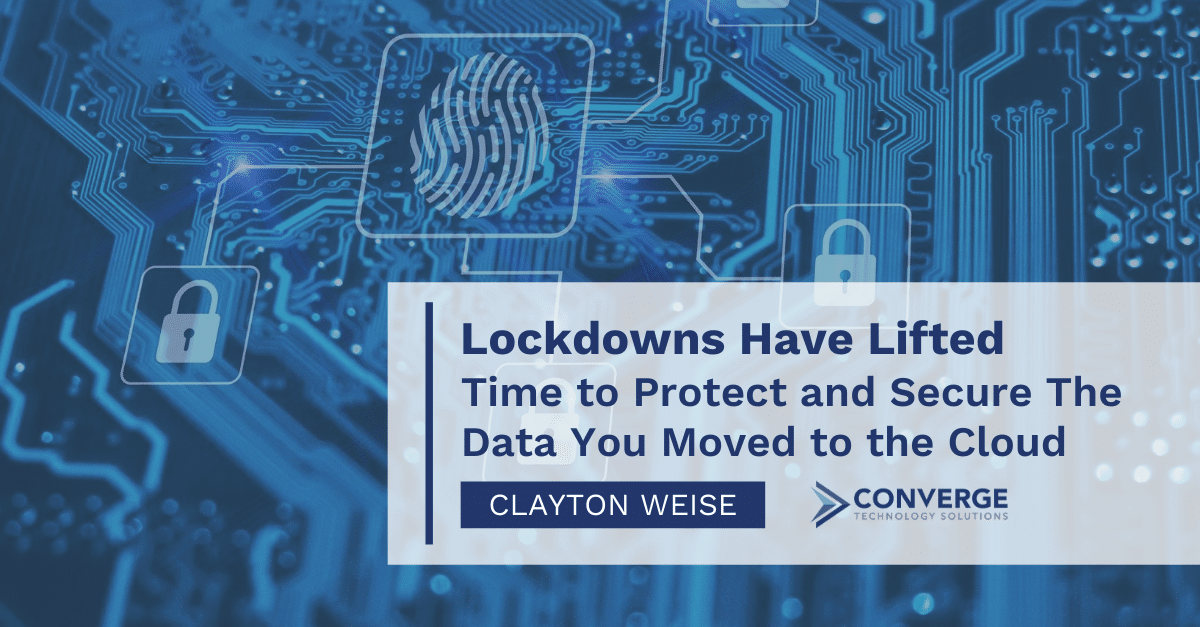When the first lockdowns of the pandemic arrived, organizations had very little time to prepare, and the first order of business was ensuring that everyone had access to the applications and data that they needed to do their jobs. Now that those lockdowns have relaxed and IT can get back into the data center, it’s time to shore up those systems hastily deployed and provisioned so they are compliant and secure.
After all, it’s certainly possible that a second round of lockdowns may be coming. So, it’s best to prepare now, while you can still physically access your environment.
When the stay-at-home orders first came down in March and April, the enormous pressure placed on IT to get people working remotely as fast as possible led IT to push as many workloads as they could to the cloud. Additionally, end-users were often forced to use their own personal machines to access these apps and data in the cloud. Chances are, none of this is easily auditable, nor is it secure, and you likely have data that’s not backed up at all.
Here are a few tips to shore things up. If we go back into lockdown, you can rest a bit easier knowing everything is secure and protected.
- Know where your data is: In the rush to get people access, it’s easy to lose track of where data is, especially if it’s spread across on-premises systems, cloud object storage and end-users machines. If you don’t know where your data lives, you can’t secure it or ensure it’s compliant. A platform like IBM Ansible can greatly simplify the process of managing data and apps in the cloud.
- Provide end-users with secure access to apps and data: There are a number of ways you can do this. One way is to provide end-users with remote desktop access via a solution such as VMware Horizon on IBM Cloud. In this way, you can ensure that all data and applications live in your environment and not on the end-user’s machine, so it can be backed up and secured. Alternatively, you can provide each user with a VPN connection to their apps and data and provide endpoint data protection.
- Secure access to workloads in the cloud: Double check all of your instances and buckets to make sure that access permissions are correctly configured. It’s easy to make a mistake, especially when you’re working at warp speed as most were just before lockdowns, and if hackers can access your cloud assets, the damage can be extreme.
- Ensure all data is protected: The cloud is massively redundant, but if data is corrupted, accidentally deleted or compromised, that redundancy won’t help you recover it. Make sure you have some form of data protection for your workloads in the cloud and for data on end-users’ machines.
Even once the pandemic passes, it’s clear that many employees aren’t going to return permanently to the office. It’s well worth the time to ensure that the data and workloads you moved to the cloud and made accessible remotely are secure and protected. Not only will it protect you if another lockdown is ordered, but it will also prepare you for the new world of remote work.





